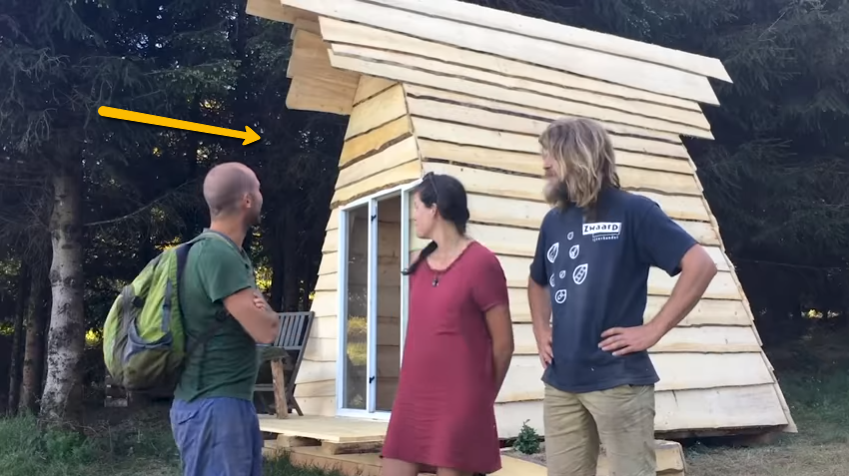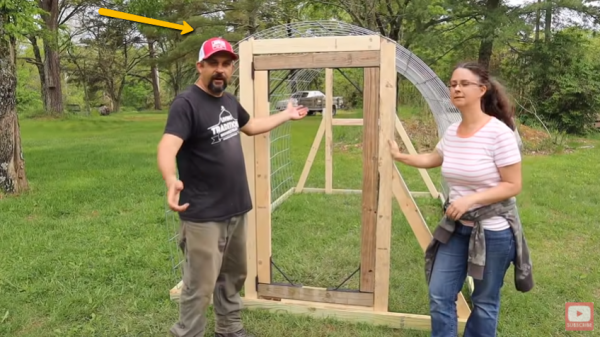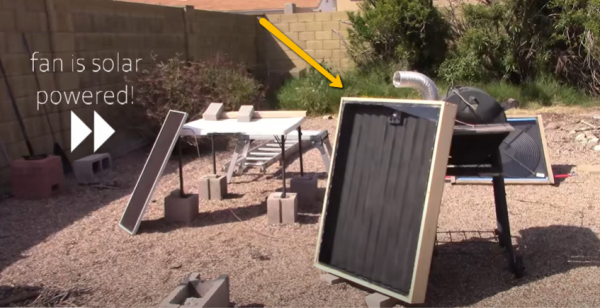In a world where housing costs are skyrocketing, building your own shelter for under $50 might sound impossible.
But that’s exactly what Rob Greenfield and friends accomplished in southern France at Le Rêve de Gaïa—a project dedicated to ecological harmony. Their tiny house not only provided affordable, comfortable living but also championed sustainability and resourcefulness.
The Story Behind the Build
With a goal to house volunteers and WWOOFers, Rob and his team set out to construct a tiny dwelling from locally available materials. Most items were sourced for free or rescued from landfills. Only screws and a toilet seat were bought, keeping cash expenses to a mere $34.
Key Ingredients to Sustainable Building
- Local Wood: Trees (pine, Douglas fir, spruce) were harvested from the property and air-dried for several months. Douglas fir was chosen for its rot resistance in the foundation, while spruce made up most of the structure.
- Rescued Fixtures: All windows, doors, and the sink were secondhand, picked up from scrap or landfill piles.
- Minimal Purchases: The biggest expense was screws, essential for construction, followed by a new toilet seat.
- Zero Waste Philosophy: All waste was either composted or reused, with water sourced from an onsite spring.
Step-by-Step Building Process
- Harvest Trees & Prep Wood:
Select and cut two local trees. Allow wood to dry, then saw into beams, planks, and boards. - Build Foundation:
Lay out beams to form a rot-resistant base just above the ground. - Install Flooring:
Sand and stain floorboards with flaxseed oil and turpentine for comfort and durability. - Construct Walls & Siding:
Assemble wall frames; nail on siding planks with overlaps to guide rainwater away. - Raise the Roof:
Use thick planks for roofing, allowing for proper drainage. - Fit Windows & Doors:
Install rescued doors and windows, securing them with screws. - Interior Setup:
Build simple beds (with storage underneath), shelves, and a desk. Use a stump as a table. - Set Up Plumbing & Waste:
Plumb a rescued sink to drain into a garden, using spring water and biodegradable soap. Arrange a low-cost, composting toilet and repurpose mullein leaves for toilet paper. - Sustainable Finishing Touches:
Ensure all systems (water, power, waste) stay off-grid and eco-friendly.
Material List for a $34 Tiny House
- Local pine, spruce, or Douglas fir for framing, siding, and furniture
- Screws (main purchase)
- Rescued windows, doors, and sink
- Toilet seat (purchased)
- Flaxseed oil and turpentine for floor finishing
- Buckets for water and shower
- Mulch or compost materials
- Basic tools (saw, screwdriver, sander, drill)
Living Off-Grid and Minimizing Impact
Once built, the tiny house functions entirely off-grid. Water comes from a spring, and waste is composted for the garden. All construction choices focus on reusing materials, keeping landfill output to zero.
This project demonstrates the real potential to create affordable, minimal-impact housing with just a little creativity and hard work.
Conclusion
You don’t need a big budget or access to fancy materials to build your own eco-friendly tiny home. Rob Greenfield’s $34 tiny house proves that with ingenuity, teamwork, and respect for the environment, anyone can create shelter that’s both functional and deeply sustainable.
Whether you’re a homesteader, an organic farming volunteer, or just curious about minimal living, this step-by-step guide shows how to turn recycled materials into a comfortable home—perfect for the spring, summer, and fall seasons.
Ready to build yours? Embrace simplicity, use what’s available, and let nature inspire your next living space.
Watch the video: 👇
Master Craftsman Reveals ‘Done-For-You’ Blueprint System That Makes Woodworking Dead Simple… Get The Worlds Largest Collection Of Woodworking Plans 👉 Click Here For Access





